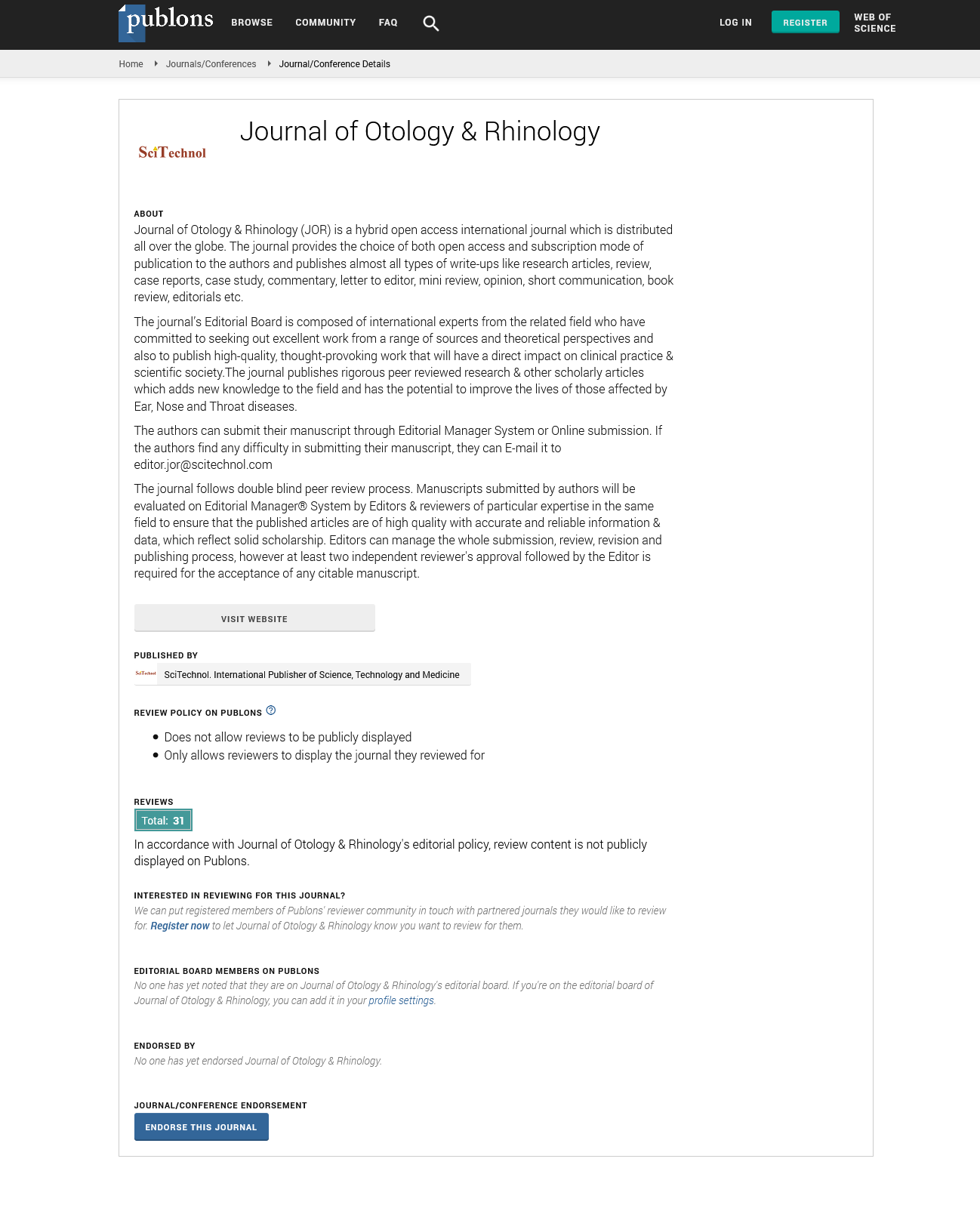Case Report, J Otol Rhinol Vol: 5 Issue: 1
A Case of Large Pseudocyst Originating from the Submandibular Gland Presented with a Systematic Review
| Saida K1, Yokoyama J2,5*, Fukumura Y3, Katsuta H4 and Ishibasi K1 | |
| 1Department of Oral maxillofacial Surgery, Moriyama Memorial Hospital, Tokyo,Japan | |
| 2Department of Head and Neck Cancer Center, Moriyama Memorial Hospital,Tokyo, Japan | |
| 3Department of Human Pathology School of Medicine, Juntendo University, Tokyo,Japan | |
| 4Division of Oral Oncology, Department of Oral and Maxillofacial Surgery, School of Dentistry, Showa University, Tokyo, Japan | |
| 5Department of Otorhinolaryngology-Head and Neck Surgery, Kyorin University School of Medicine, Tokyo, Japan | |
| Corresponding author :Yokoyama J MD, DDS, PhD, Department of Head and Neck Cancer Center, Moriyama Memorial Hospital, 7-12-7 Nishikasai, Edogawaku, Tokyo, Japan 134-0088 Tel: +81-3-5679-1211; Fax: +81-5679-1212 E-Mail: jyokoya@juntendo.ac.jp |
|
| Received: January 18, 2016 Accepted: February 18, 2016 Published: February 23, 2016 | |
| Citation: Saida K, Yokoyama J, Fukumura Y, Katsuta H Ishibasi K (2016) A Case of Large Pseudocyst Originating from the Submandibular Gland Presented with a Systematic Review. J Otol Rhinol 5:1.. doi:10.4172/2324-8785.1000267 |
Abstract
The majority of mucous cysts originate from the sublingual gland. Mucoceles originating from the submandibular glands are extremely rare. We report the case of a 24-year-old girl with submandibular gland mucocele. Magnetic resonance imaging (MRI) revealed cystic lesions in close proximity to the submandibular gland without tail sign. The cyst with submandibular gland was successfully removed through a cervical approach without complications. The pathologic and intraoperative examination confirmed the pseudocyst originating from the submandibular gland. The patient has no evidence of recurrence. We review previous cases of mucoceles originating from the submandibular gland.
 Spanish
Spanish  Chinese
Chinese  Russian
Russian  German
German  French
French  Japanese
Japanese  Portuguese
Portuguese  Hindi
Hindi 


